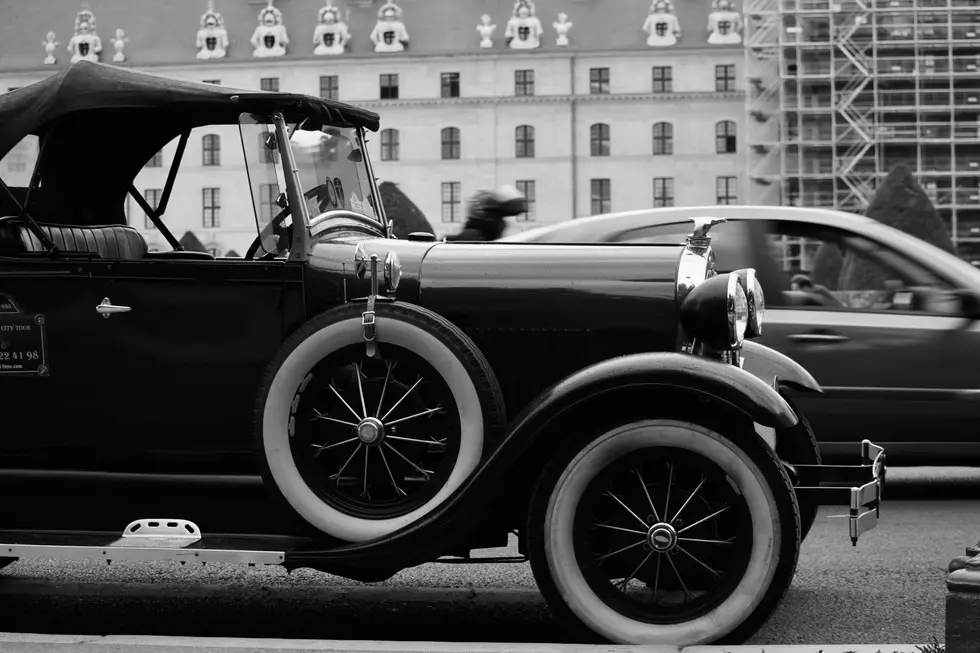
New Jersey Chime Time …
Today, we rarely have to set our clocks. We wake up on Sunday morning twice a year when time changes from Daylight Saving Time to Eastern Standard and back, and the clock may have set itself forward or backward an hour. The time on your cell phone, computer and other devices comes from the network. It wasn't always that way. Way back when, most people didn't have clocks. Farmers used sunrise and the crow of the rooster to start the day, and sunset and darkness to end it. City folks may have been awakened by a factory whistle, and many towns blew a siren or whistle blast marking high noon. Time wasn't standardized, those who had clocks just set them by assuming based on the position of the sun, since there was no radio with "Chime Time" like we have on New Jersey 101.5. When the railroads started offering scheduled passenger service across the country, they found the need to synchronize time so they could publish schedules that had some semblance of accuracy. They had many forms of accurate clocks and watches that would be set against each other up and down the railroad line.
Western Union got into the time business by sending time signals across the telegraph lines about 1865. Western Union began leasing clocks to businesses and radio stations, like mine shown above. For only $25 a year, they supplied and maintained the clock, and it could be connected to the telegraph network to be synchronized to the U.S. Naval Observatory at the top of every hour. The red light above the 6 would light, a big solenoid would kick in and the second hand would move straight up, to correct any drift. The clock was made by The Self Winding Clock Company in New York. It has two huge dry cell batteries that power a winding motor that kicks in when the mainspring winds down, but it's actually a very accurate pendulum clock. I have mine connected to a GPS receiver, so it keeps accurate time when it's running. Unfortunately, Western Union discontinued the service about 40 years ago, so there is no repairman to keep it running. The radio station version like mine is huge, about 17 inches in diameter, and the lift off cover is insulated with thick felt to keep it quiet in the studio.
When Western Union went out of the time business, radio stations could call the phone company time number, and set their clocks, or wait until the BEEP at the top of the hour from ABC, CBS, NBC or Mutual News. Often when a DJ came in for his show, the previous guy would say "3 seconds fast" or something so you would know what time the news was going to come on. The ambitious guys would set the clock now and then, often the station engineer would put a button or on/off switch on the clock to make it easier to set.
These days, GPS Satellites, or huge (expensive) Cesium Master Clocks keep the time, and spread it to us to keep us on time. Here at New Jersey 101.5, we have a big LED clock with 3" digits in every direction, so we get the "New Jersey Chime Time" correct. Our transmitter sends out an accurate time signal on our RDS subcarrier that sets the time on many car clocks, it changed mine on the way here today.
My first year in the radio business, I remember coming in one Springtime Sunday morning at 6AM to do a show on WOND AM in Atlantic City, and finding the WMGM-FM DJ, Terry Price, sitting in the lobby. He laughed and said "you too" "huh" "we're an hour early, we didn't set our clocks ahead!" We laughed and went to the diner for breakfast.
More From New Jersey 101.5 FM









